Makita DLS714 User manual
Other Makita Saw manuals
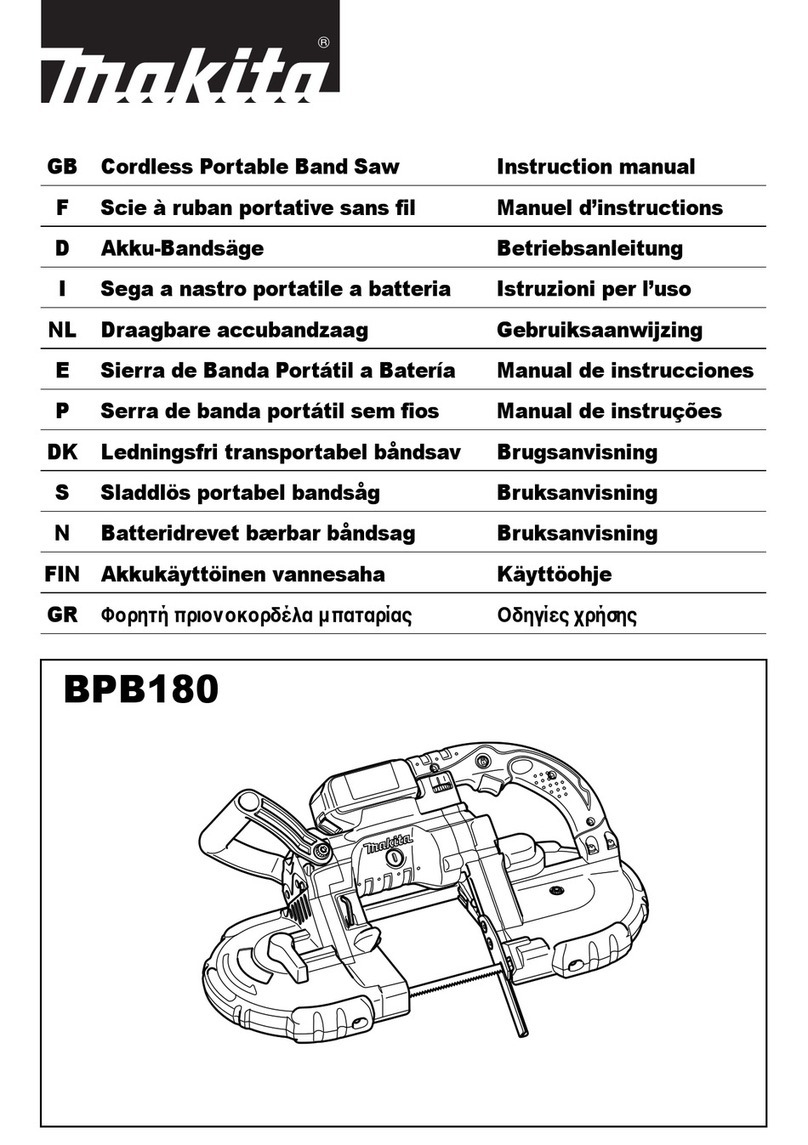
Makita
Makita BPB180 User manual
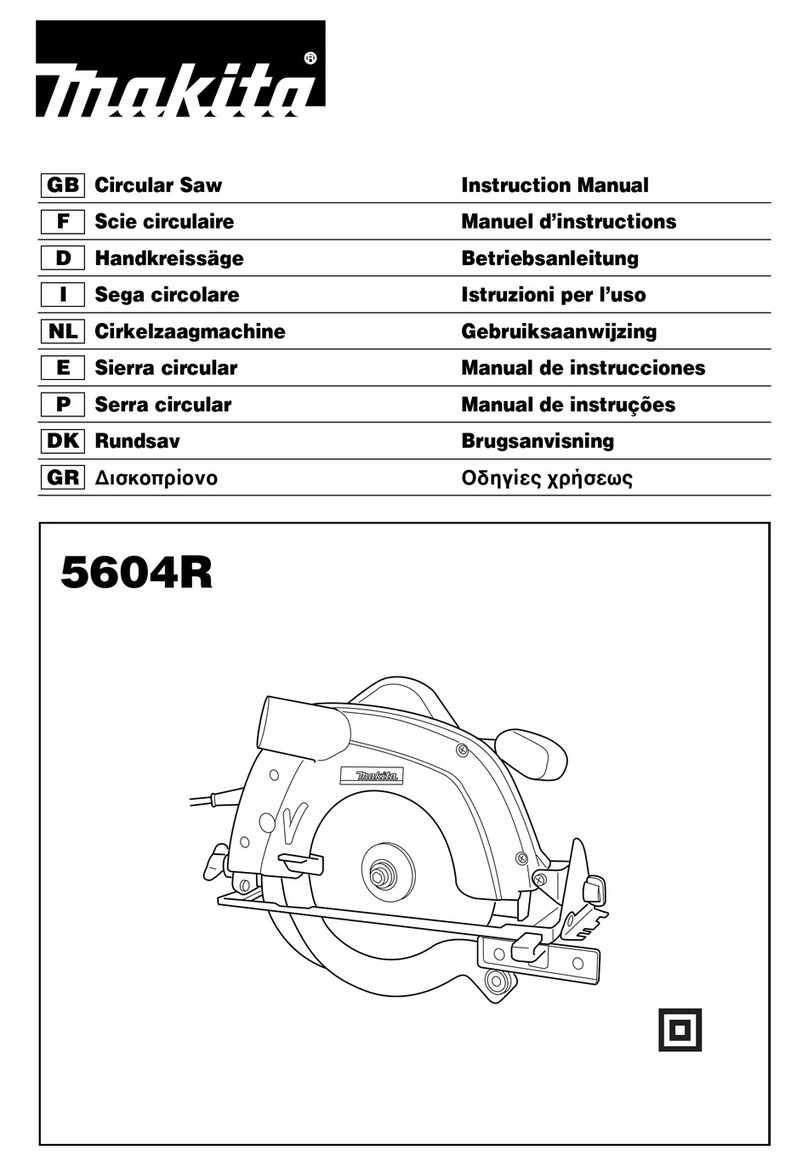
Makita
Makita 5604R User manual
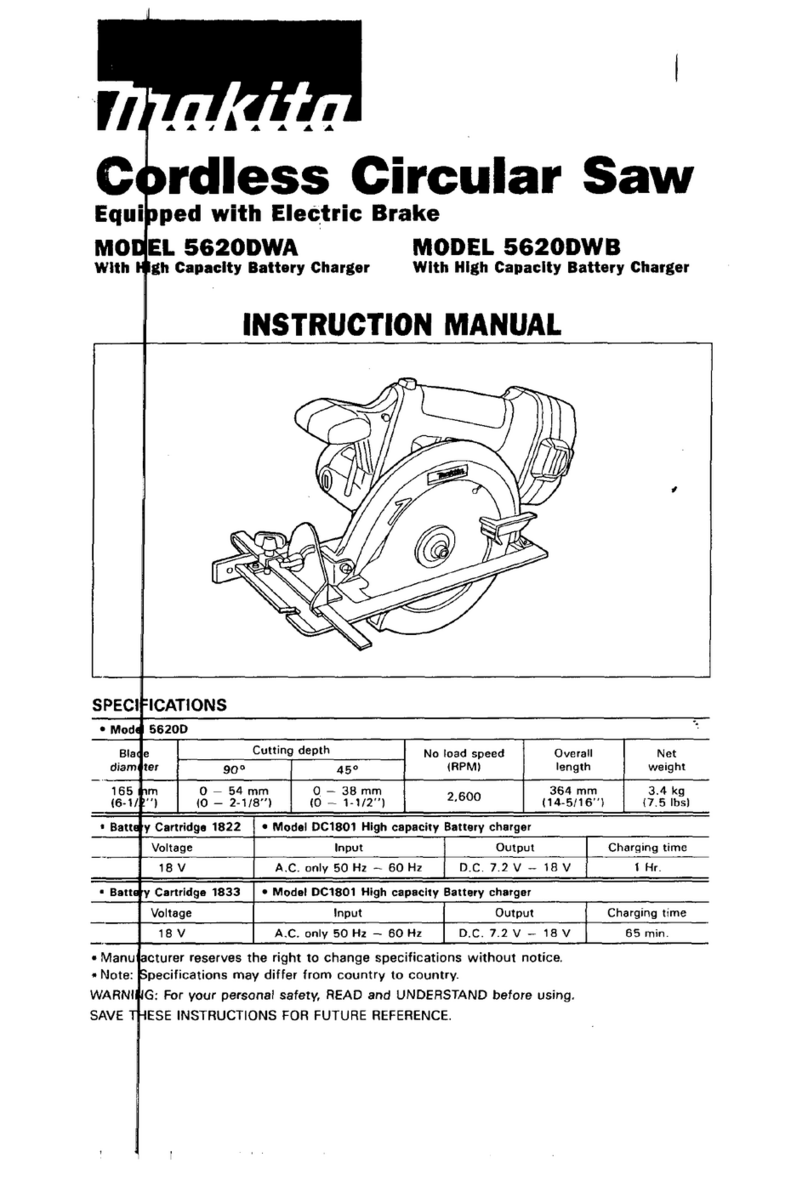
Makita
Makita 5620DWA User manual

Makita
Makita LS1214FL User manual

Makita
Makita 5901B User manual
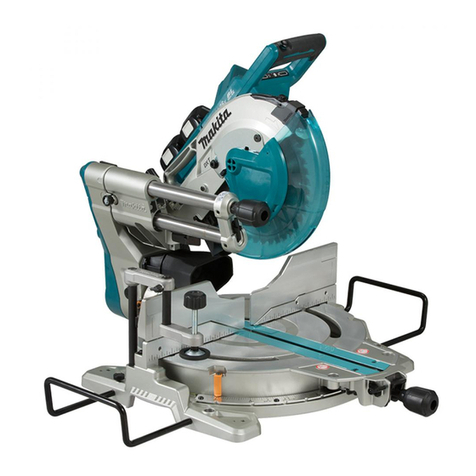
Makita
Makita DLS110 User manual

Makita
Makita LS1214 User manual

Makita
Makita LS1018 User manual
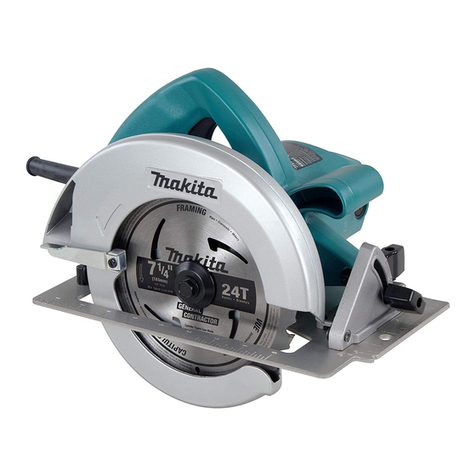
Makita
Makita 5007NB User manual
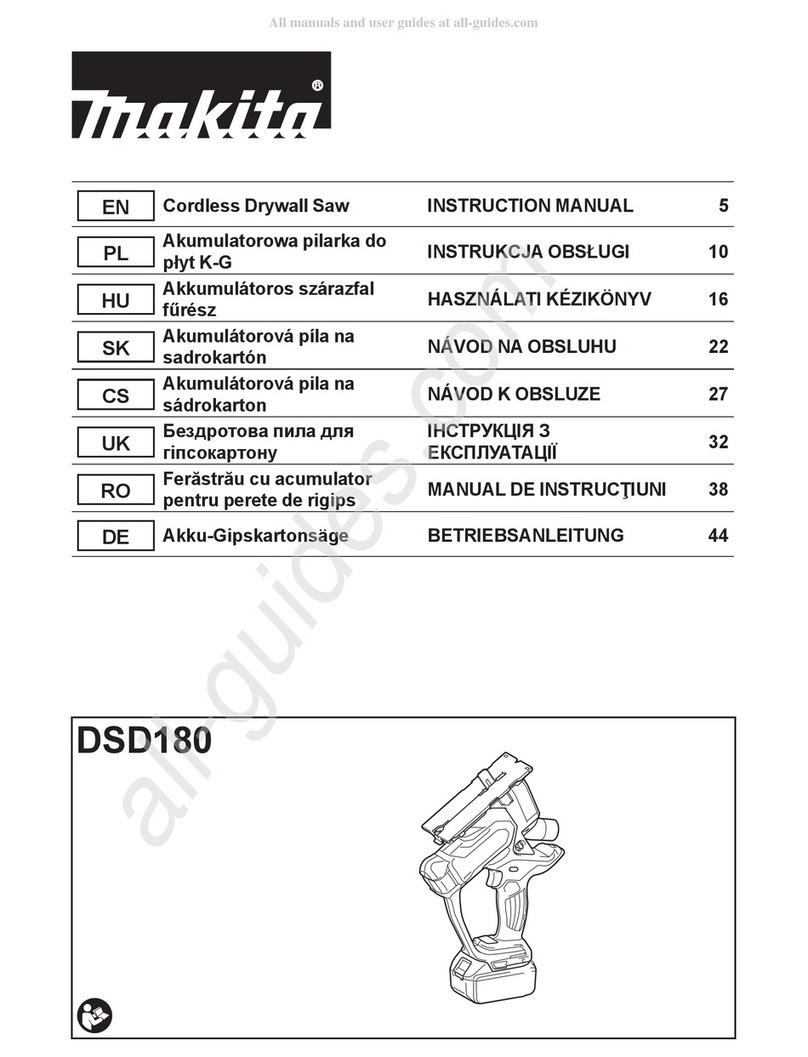
Makita
Makita DSD180 User manual

Makita
Makita DLS714 User manual

Makita
Makita HS6100 User manual
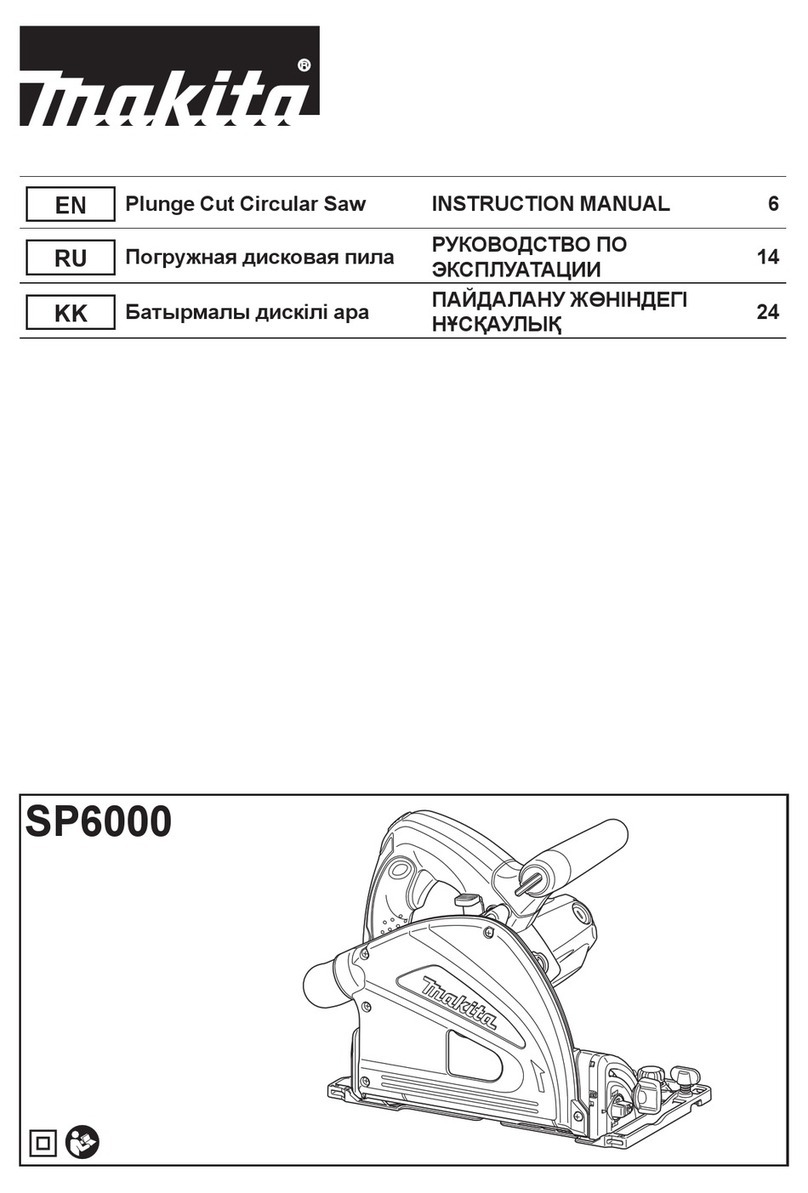
Makita
Makita SP6000 User manual
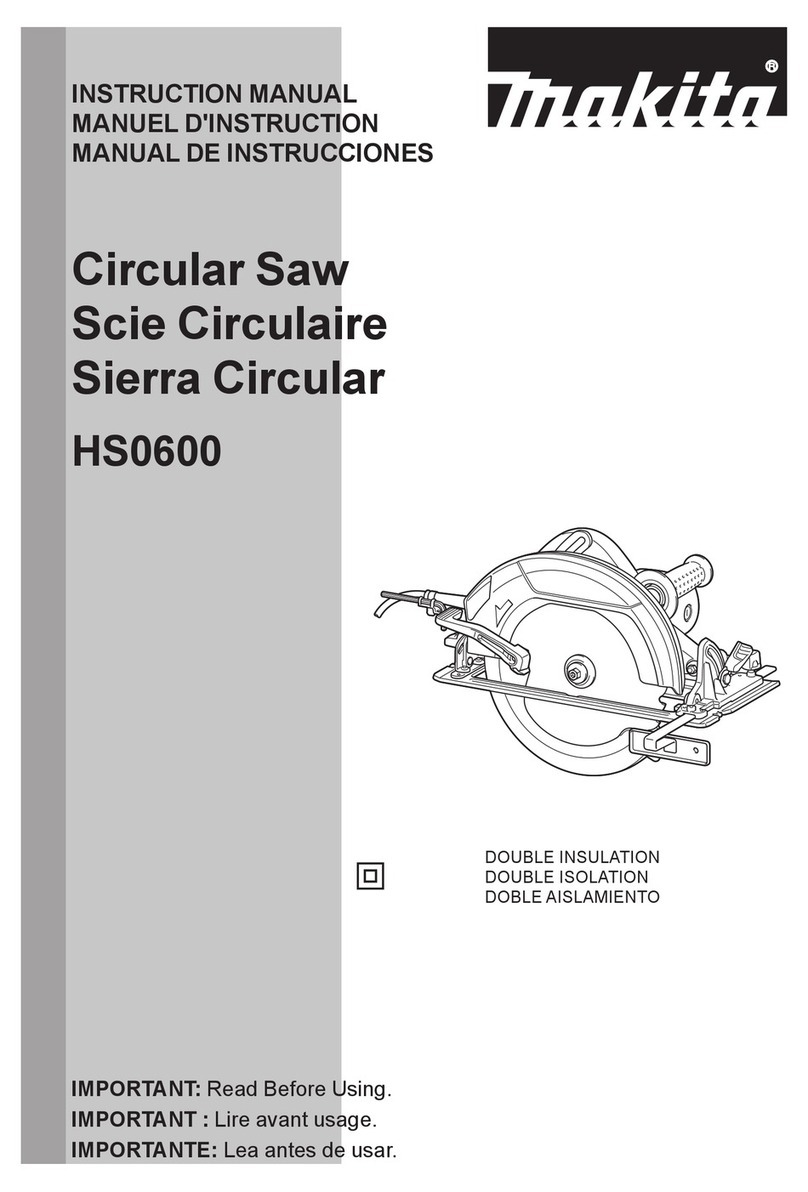
Makita
Makita HS0600 User manual

Makita
Makita BJR181 User manual
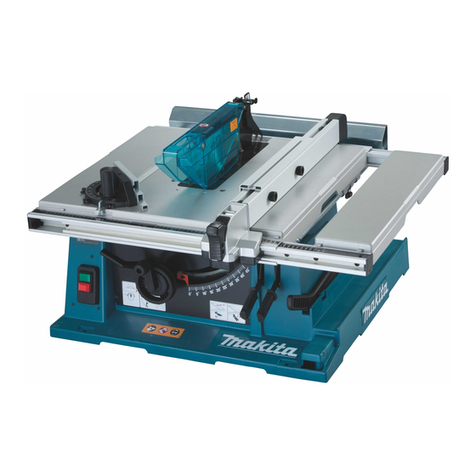
Makita
Makita 2704N User manual
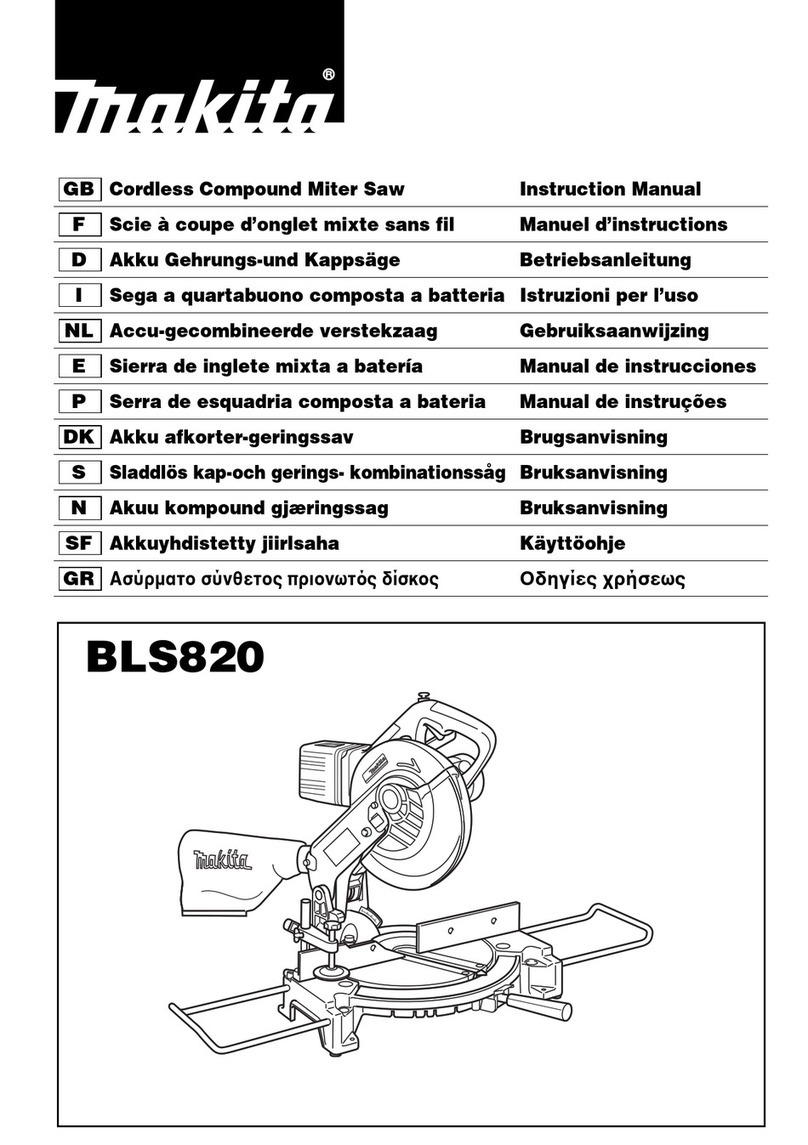
Makita
Makita BLS820 User manual

Makita
Makita 5057KB User manual

Makita
Makita sg150 User manual
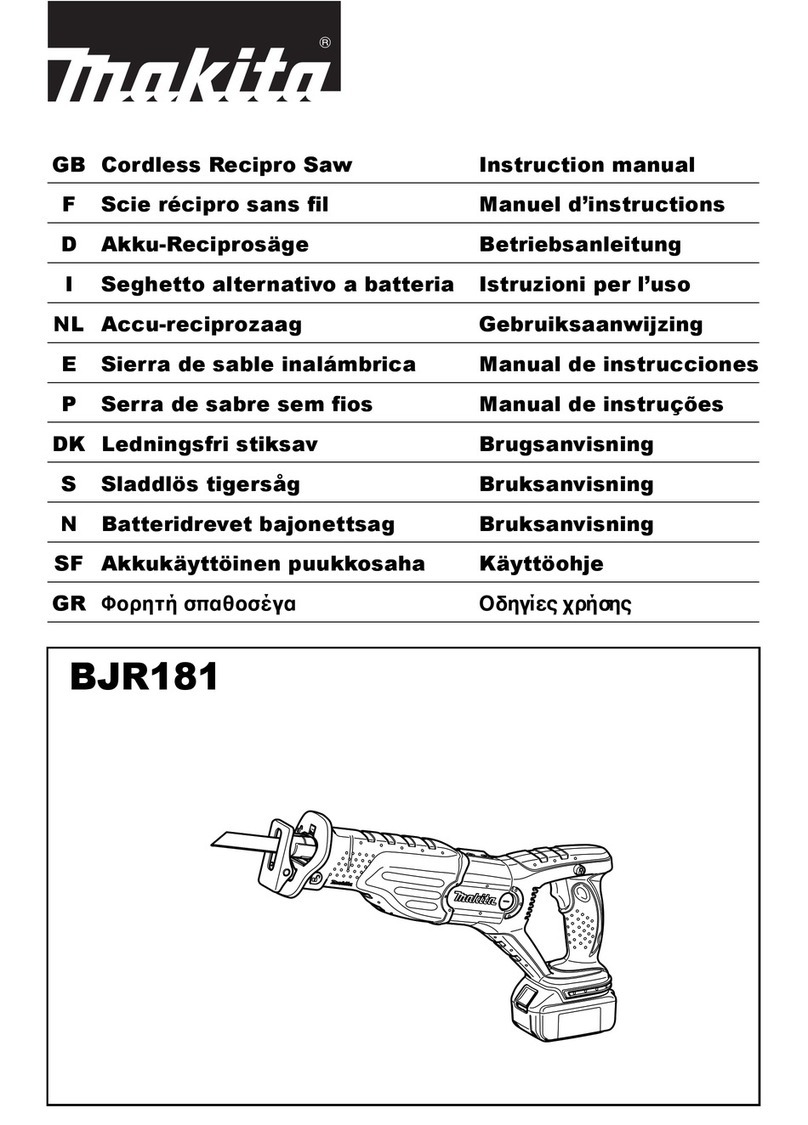
Makita
Makita BJR181 User manual































